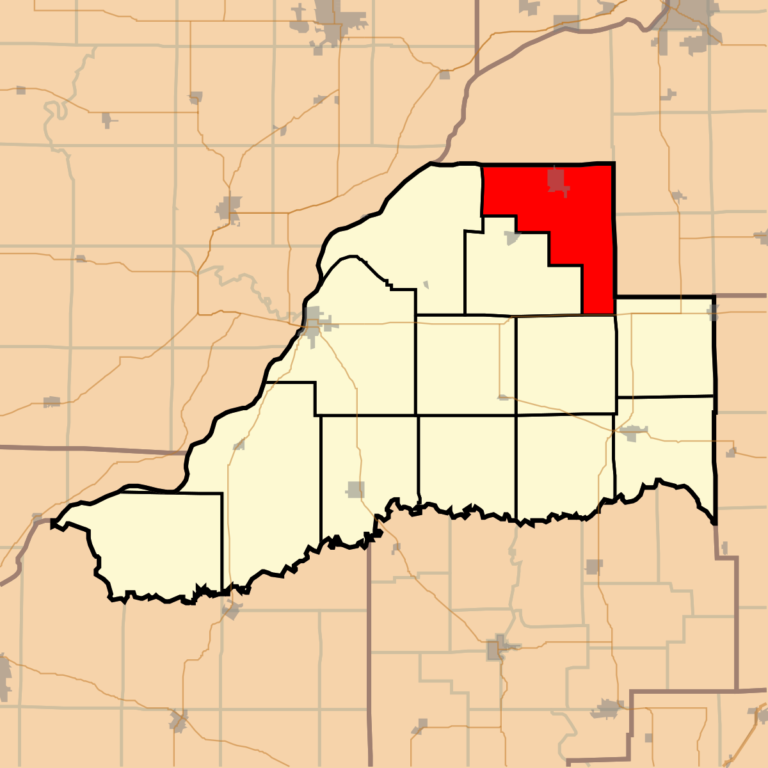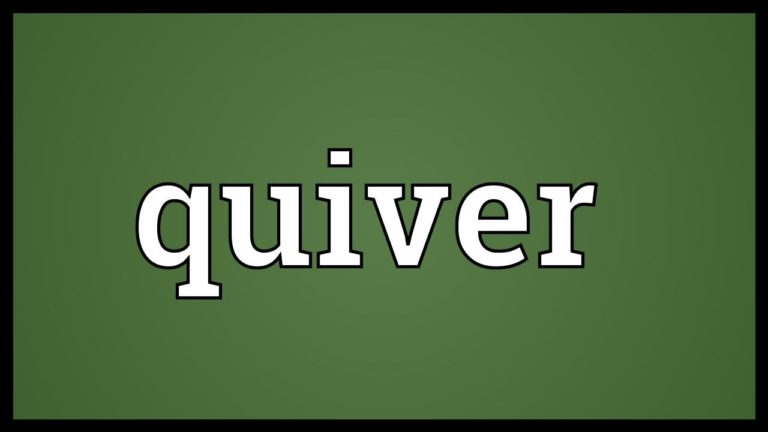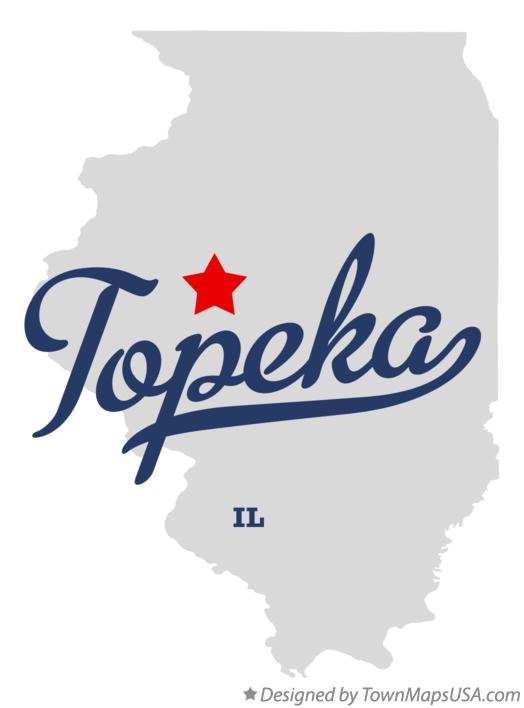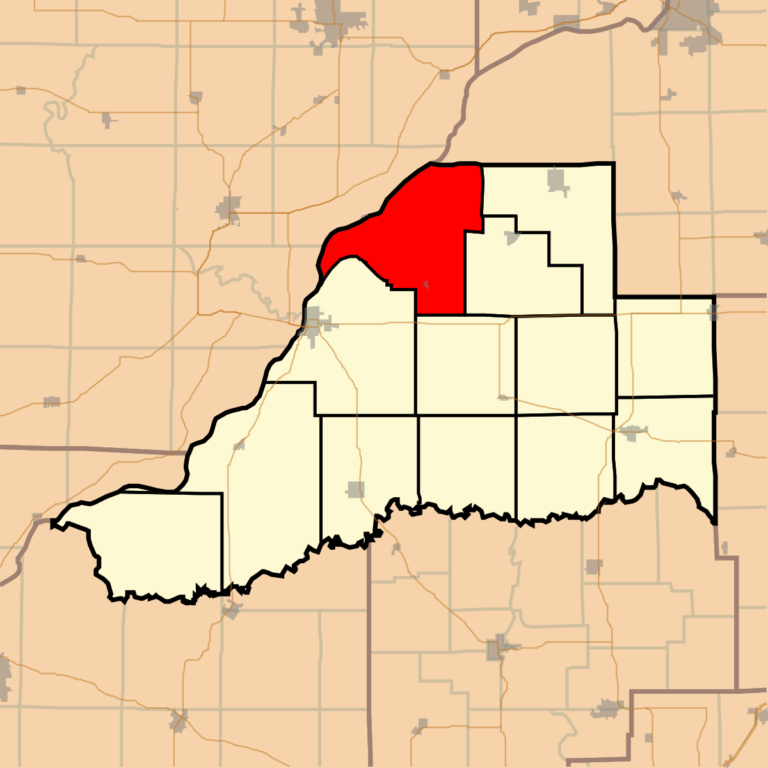Biographical Sketches from Manito Township
next week- Bath Township GEORGE BLACK, hotel, Manito; was born in Blair Co., Penn., Dec. 24, 1810, and remained there until 1857, engaged in farming and teaming; his first efforts in farming were in 1841, at which time he rented of Hawkins for two years, and next or R. Bell six years ;…





